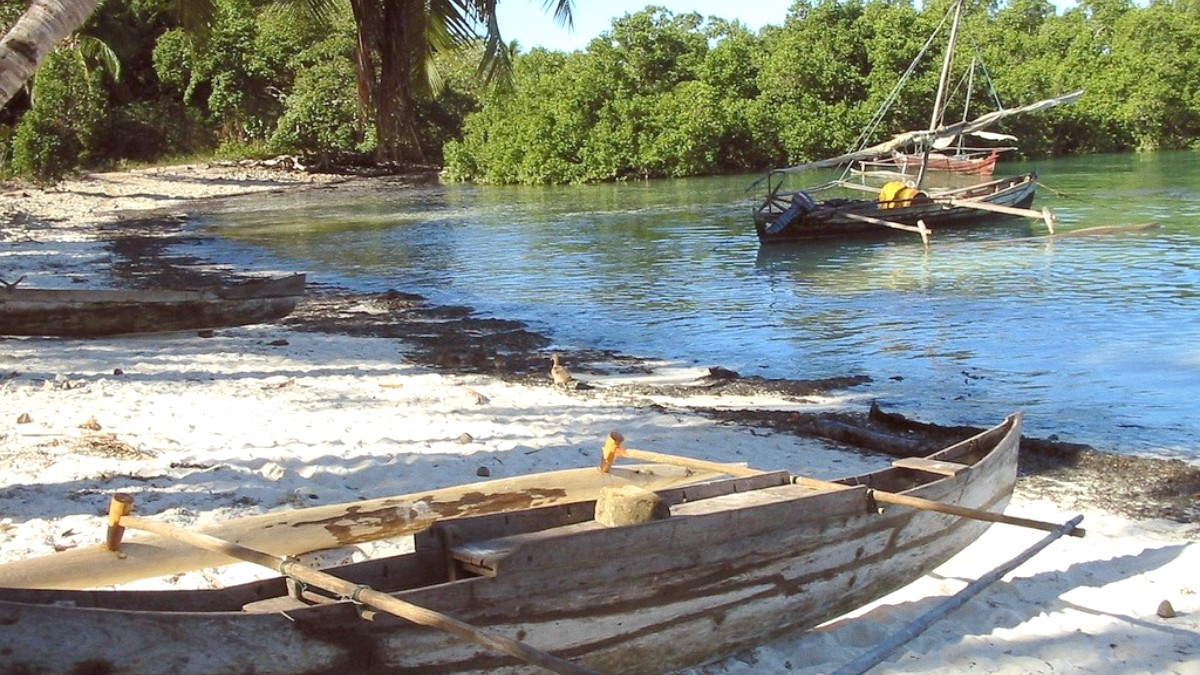
The northern islands, including Kiritimati (Christmas Island) in the Line Islands, often receive less rainfall and maintain drier conditions year-round, though they stay tropical. The driest months, typically June to November, feature clearer skies and less chance of rain interrupting outdoor plans.
This period marks the wet season. Fewer visitors travel, offering a quieter, more personal experience. You might find slightly more flexibility with accommodation bookings.
Higher chances of rainfall and increased humidity present the main drawbacks. Downpours, while often brief, can disrupt outdoor plans. Tropical storms, though rare, are more likely during this period. Travel might experience delays due to weather, specifically for domestic flights or inter-island boat trips. Ocean visibility for snorkeling or diving can diminish following heavy rains due to runoff.
Kiritimati in the Line Islands generally stays drier than the Gilbert Islands throughout the year. For anglers, the best fishing season on Kiritimati aligns with specific fish runs, which may not always coincide directly with the dry season in Tarawa.
Kiribati lies mostly outside the main cyclone belt, lessening the risk of severe tropical cyclones. However, tropical storms can occasionally form or track near the islands, especially the southern ones, during the broader wet season (November–April). Local news or weather advisories should always be checked during this period.
March-June and September-November are often optimal for bonefish and giant trevally.
The dry season (June-November) often yields the best opportunities. Resident seabirds nest then.
Calmer, drier months (June-November) generally offer superior visibility and sea conditions.
The drier season presents more comfortable conditions for walking tours and cultural visits.
Extreme high temperatures are uncommon due to the moderating influence of the surrounding ocean.
Kiribati generally does not experience the intense "high season" crowds seen in more developed tourist destinations. However, a drier period often translates to more activity. Booking in advance remains a good idea, specifically if you travel during these months.
Plan your visit based on your preferred activities and tolerance for humidity and occasional rain. Each season features its distinct advantages.
The heat stays consistent, but it rarely reaches oppressive levels, thanks to refreshing sea breezes.
While not genuinely crowded, more visitors might travel during the dry season, potentially leading to slightly higher demand for the limited accommodations and flights.
Requirements vary widely by nationality. Many countries gain visa-free entry, allowing stays of up to 30 days. This includes citizens of the European Union, the United States, Canada, Australia, New Zealand, and various Pacific Island Forum countries. Always check the most current information, as policies can change.
Visit the official Kiribati government website or contact the nearest Kiribati consulate or embassy in your home country for definitive details. If your nationality calls for a visa, you must apply for it before you arrive. The application process typically means submitting forms, passport copies, recent passport-sized photos, proof of sufficient funds for your stay, and evidence of onward or return travel. Allow ample time for processing.
Your passport should have at least six months of validity beyond your intended departure.
Proof of onward or return travel, like a confirmed airline ticket, is generally needed.
Be ready to demonstrate you have funds to support yourself during your stay.
Certain activities or areas in Kiribati may call for special permits. Visiting uninhabited islands or specific protected areas may call for permits. Fishing on Kiritimati (Christmas Island) specifically calls for permits and fees. Fishing lodges usually manage these permits as part of their packages; confirm this arrangement before your trip.